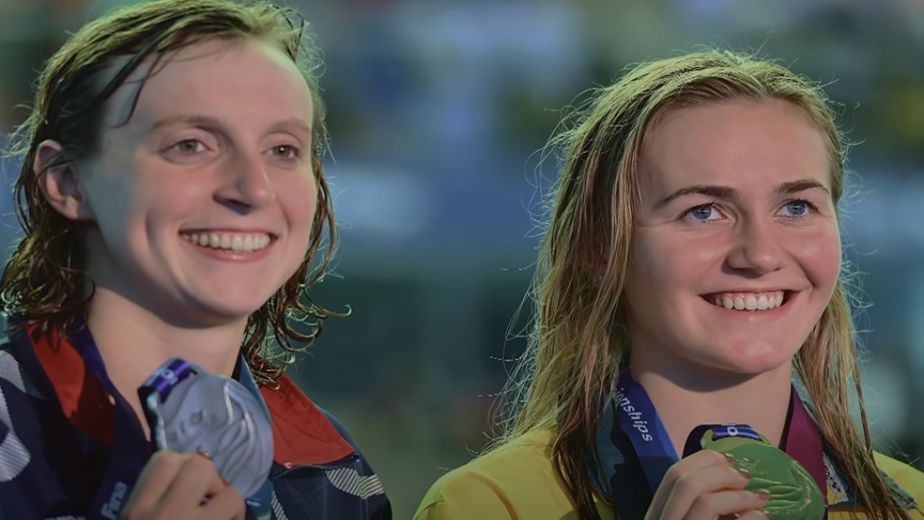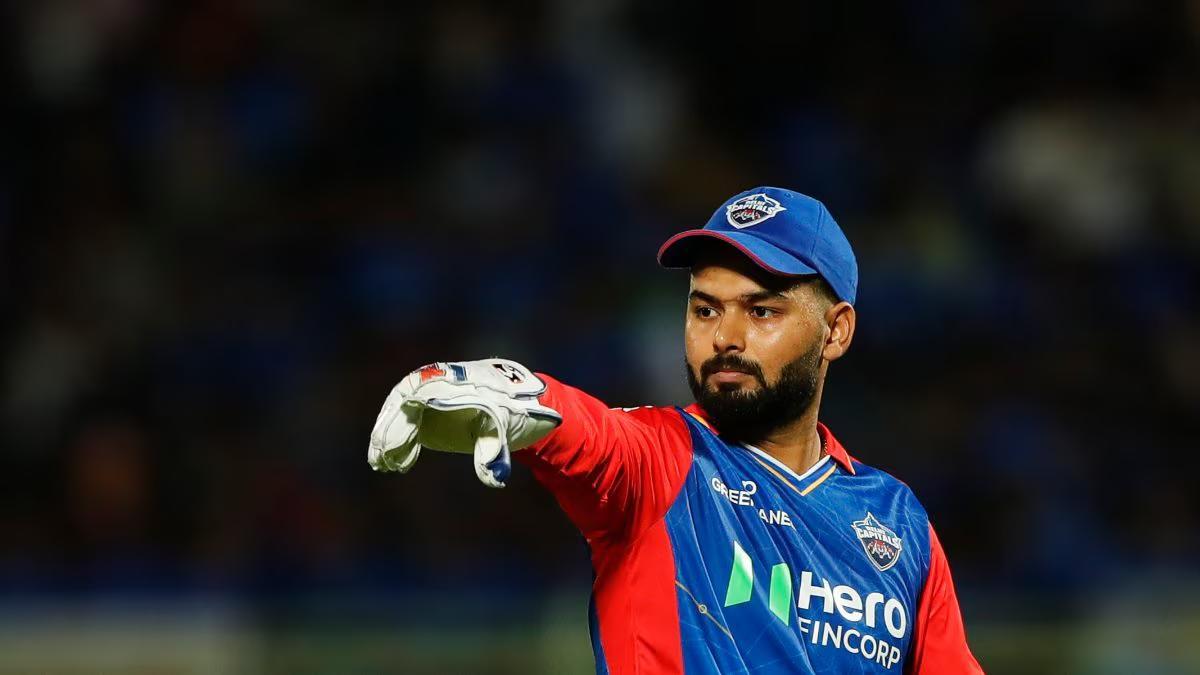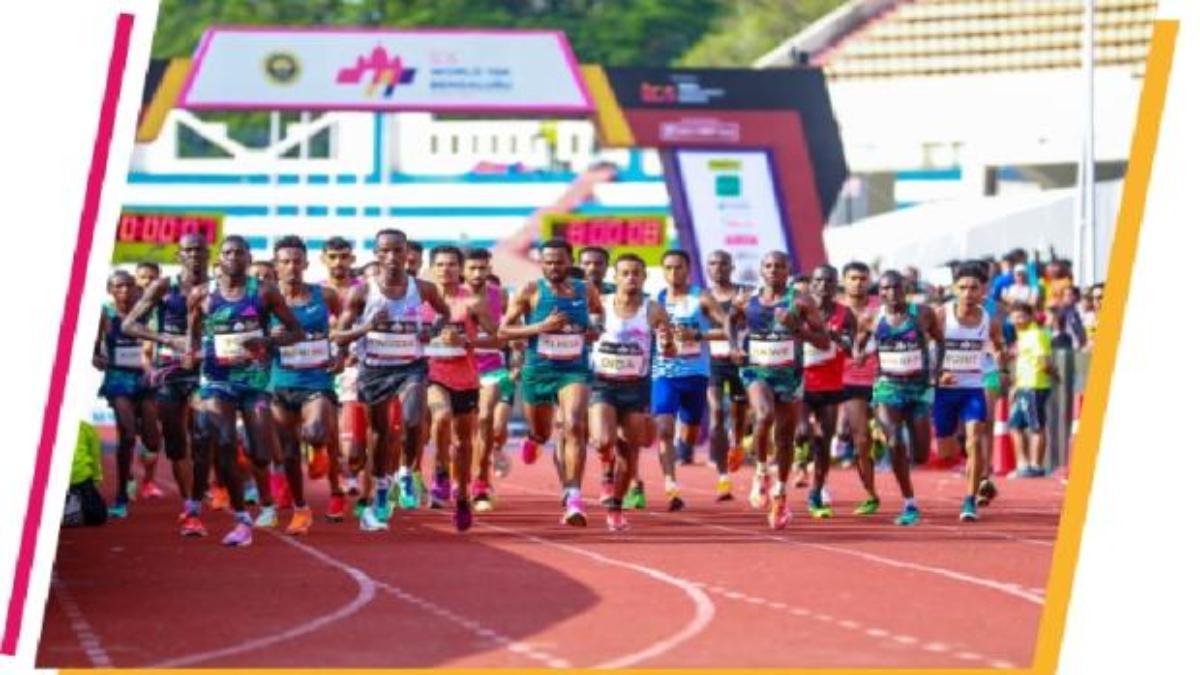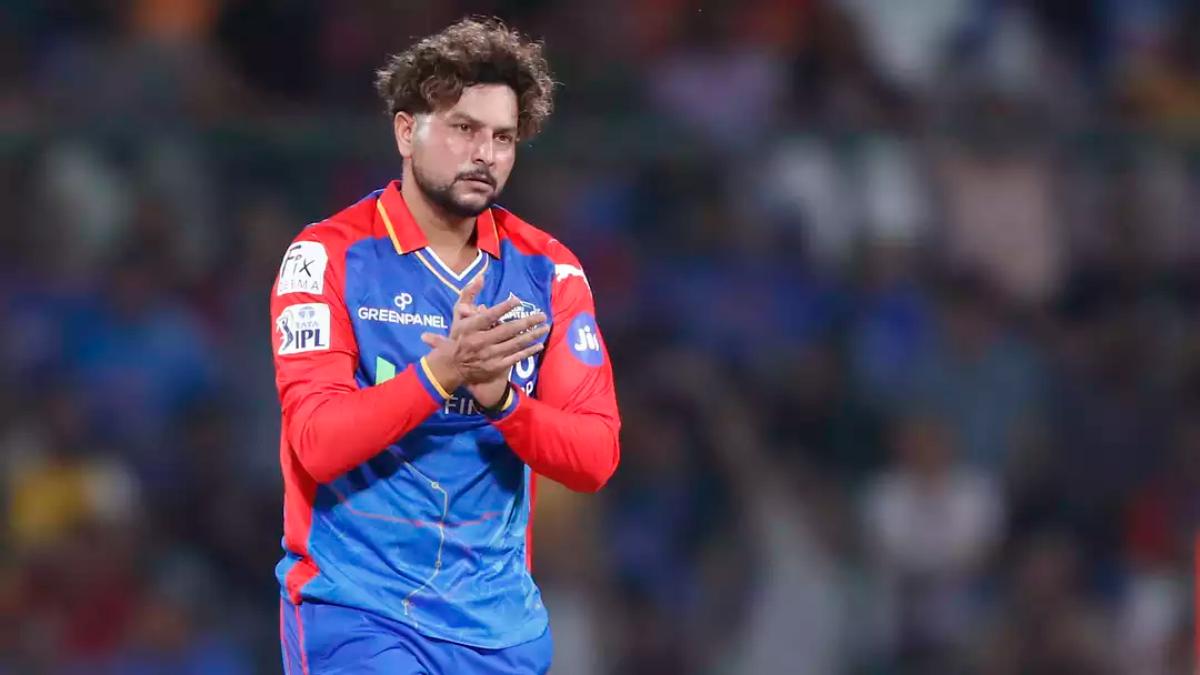The Olympic Games have come a long way since it’s patriarchal roots of the 19th century. From excluding women altogether because the Olympiad would be ‘impractical, uninteresting, unaesthetic and improper’ as per Baron Pierre de Coubertin to the Tokyo Olympics aiming to become a landmark in gender equality and the first gender balanced games in Olympic history. Let’s delve into this progressive claim to analyze how much has the Olympic Games changed over the years and what needs to be improved further.
The Tokyo Olympics is a step in the right direction and while the tournament might not be ‘gender balanced’, it does feature more women than ever before. A quick check of the statistics tells us that 48.8% of participants at the Tokyo Olympics are women, an increase of 3.8% from the 2016 Rio De Janeiro Olympic Games. To give a perspective of how far we have come, the 1896 Olympic Games in Athens banned women from competing altogether, while the 1900 Paris Olympics featured 22 women that were “allowed” to compete in just five events, tennis, sailing, croquet, equestrian and golf. In comparison, women will compete in more than 300 events at the Tokyo Olympics as well as mixed-gender categories in table tennis, athletics, triathlon and swimming.
The IOC has labelled the Tokyo Olympics as ‘a step forward in the right direction’ and the upcoming Olympics will open doors for women that were previously reserved for men, including the 1500 m freestyle. Women will also compete in events such as rowing, shooting, canoeing, boxing and participate alongside men in new sports such as skateboarding, karate, surfing and sport climbing. The Tokyo Olympics will also feature one man and woman from each country carrying their countries flag at the opening ceremony and according to the IOC, women’s competitions will have the same prominence as men’s with the order of play being changed so that there are more women’s team gold events on the last weekend.
Also read: What it means to be a woman in sports
The ‘gender balance’ has not just been restricted to the Games themselves, 37.5% of IOC members are women (recruited by the IOC themselves). The IOC Executive Board comprises 33.3% females and 47.8% of members of the IOC Commissions are women who serve as advisors for various matters such as ethics, science and athletes.
However, the number of women at the leadership level remains low and in February 2021, the head of Tokyo Olympic Organising Committee, Yoshiro Mori announced her resignation to a Japanese Olympic Committee, complaining that women ‘talk too much.’ Creative director, Hiroshi Sasaki who is in charge of the opening and closing ceremonies also resigned after suggesting that a female performer could be an ‘Olympig’.
One of the most important factors to make the Olympic Games truly ‘gender balanced’ would be a change in mindset, not just of the organizers but also the viewers. While men’s achievements dominate the headlines, women are often covered by their media for their physical appearance and not their contributions to the sport. Women’s judo has previously been described as ‘catfights’ and gender terms such as ‘female golfers’ is a norm followed far too often while their male counterparts are simply referred to as ‘golfers’. These are perceptions that exist on a subconscious level and for the Games to truly become equal, it’s important that education plays a key role in eliminating these biases.










